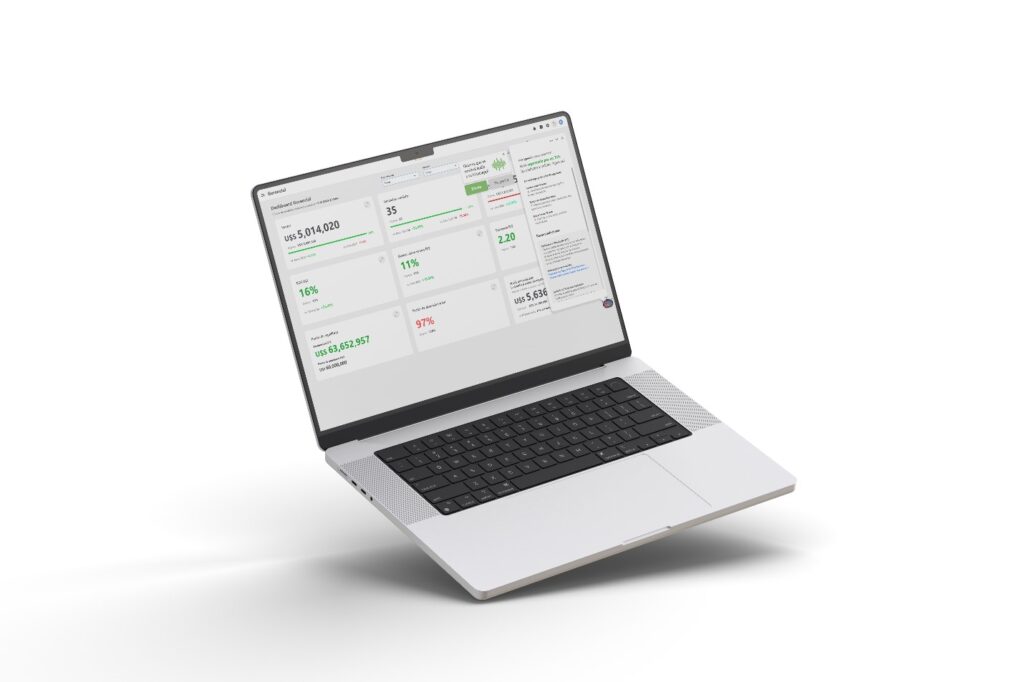In this article
- From the trenches to the front line—armed with data
- A new routine for managers
- Using data to sell more
It’s Monday. 9:00 AM. You haven’t even finished your coffee yet, and you’ve already received three urgent emails, a report filled with questionable data, and a message from your sales team saying, “We need to buy more leads because the ones we have aren’t working.”
People are talking to you about AI, a new CRM, automation, delays, savings plans, goals… but all you can think is: How am I supposed to handle all of this without constantly putting out fires?
Sound familiar?
When you try to tackle everything at once, things start falling through the cracks. As the saying goes, “Jack of all trades, master of none.” In the rush to solve, plan, respond, and execute, everything becomes noise. Sometimes, to move forward, you need to pause.
Trying to put out every fire at once isn’t a strategy—it’s a reaction.
From the Trenches to the Front Line—Armed With Data
Now picture this instead: It’s Monday. 9:00 AM. You haven’t even taken your first sip of coffee, but you’re already listening to a summary of your dealership’s key metrics. “Sales are on track with your goals, but you need to deal with excess inventory—it’s getting out of control.”
You’re not reacting to emails—you’re writing them. And as you see your dropped lead rate has gone down significantly, you think: Why didn’t I do this sooner?

A New Routine for Managers
Not long ago, the CEO Manager of a dealership told us, “I spend more time in meetings trying to find the data than I do using it.” Back then, Analytics was still just an idea in the works. But we’d already been hearing this same concern from other owners and managers in conversation after conversation.
This need kept coming up in every interview: “I need to start the day with the information ready to be acted on.”
The day we rolled out Analytics dashboards at the dealership, the shift was palpable. It wasn’t a magic fix—it was simply bringing visibility to the insights that previously required spreadsheets, phone calls, meetings, and endless email threads.

The first dashboard we shared was the CEO Dashboard: monthly sales, income statement, ROS, expenses over sales, excess inventory, and more. A few weeks later, we got an email from that same manager saying:
“For the first time, I feel like I truly know what’s going on in every department.”
With Analytics, managers can stop chasing data—and start using it to transform their operations.
That’s the new routine for managers: starting the day with a clear picture of the business—free from distractions and scattered data—and with the confidence that control and decision-making are finally a reality, not just a wish.


